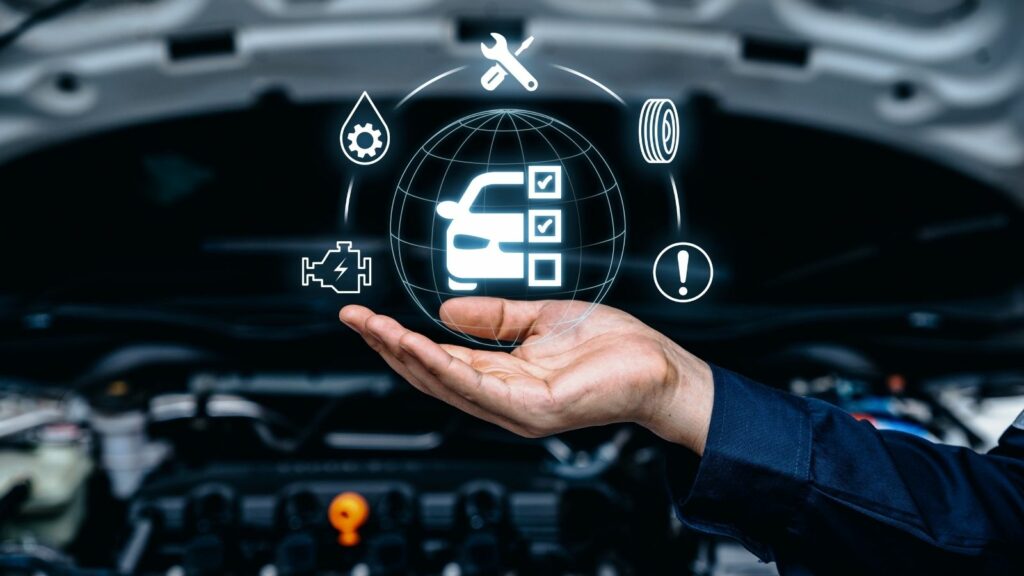As the automotive industry heads towards 2025, the future is brimming with trailblazing technology. These innovations are designed to elevate the quality of the car and provide an engaging driving experience. From the much-awaited autonomous driving to health monitoring, these technologies are revolutionary. They raise the bar higher, making their predecessors proud while prioritizing sustainability and safety. The future of the automotive industry is bright, pushing boundaries with the help of artificial intelligence and various other smart features. Here are 11 trailblazing car technologies expected to hit the market by 2025.
Autonomous Driving Level 4

Autonomous Driving Level 4 is a massive step towards vehicle autonomy, where cars can perform almost all driving functions independently. By 2025, these vehicles will be able to navigate complex urban environments, manage traffic, change lanes, and stop at red lights. This trailblazing car technology will reduce traffic accidents and assist beginners with improved mobility and attention.
Lidar Technology
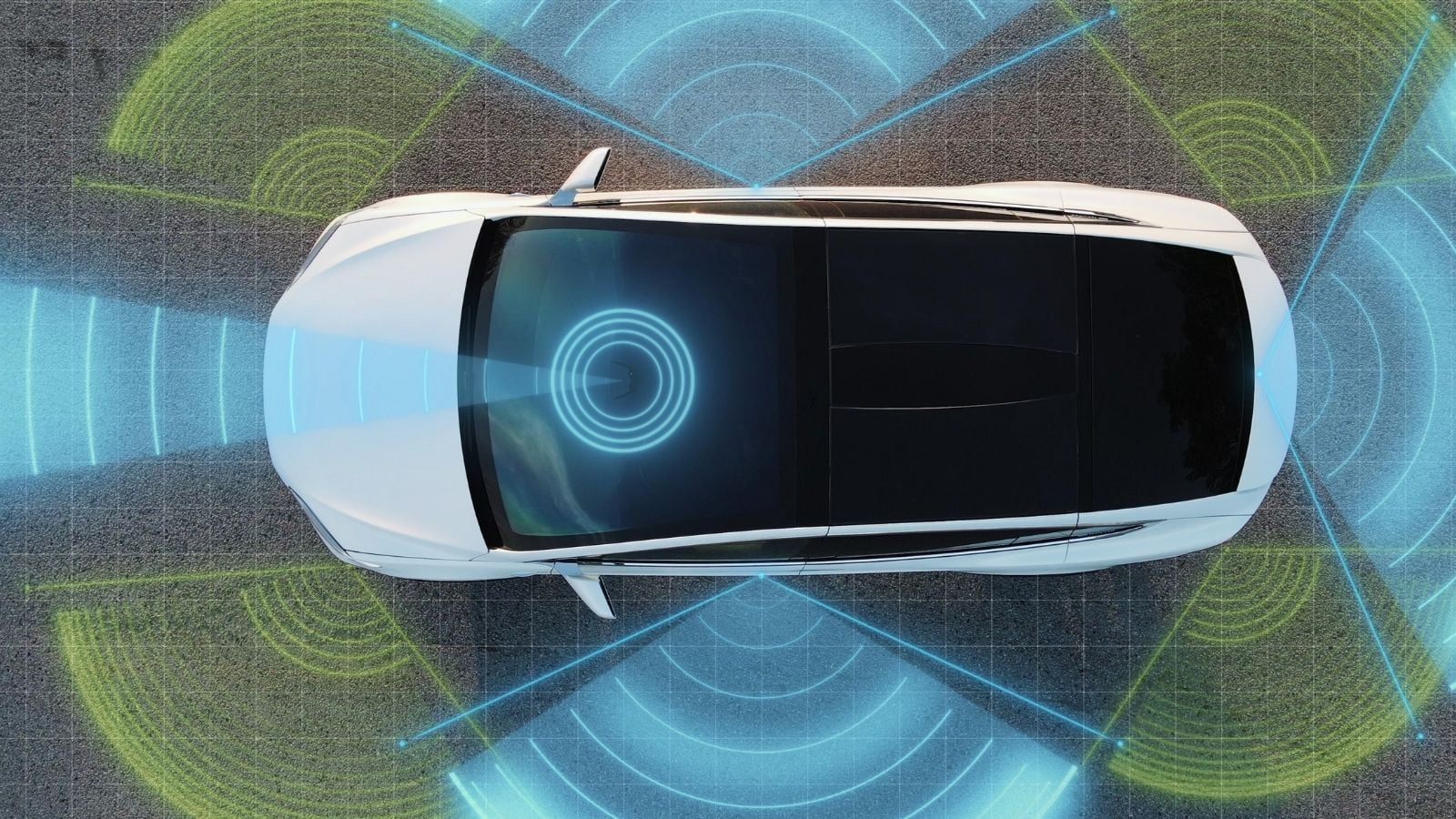
By 2025, LIDAR (Light Detection and Ranging) technology will have become a revolutionary concept in the auto industry, enabling higher levels of vehicle autonomy. Lidar systems employ lasers to build detailed three-dimensional maps of what lies around the car, hence giving accurate distance measurements via object recognition. The benefits range from better distance judgment and energy efficiency to improved attention and ability to deal with harsh weather conditions.
Vehicle-to-Everything
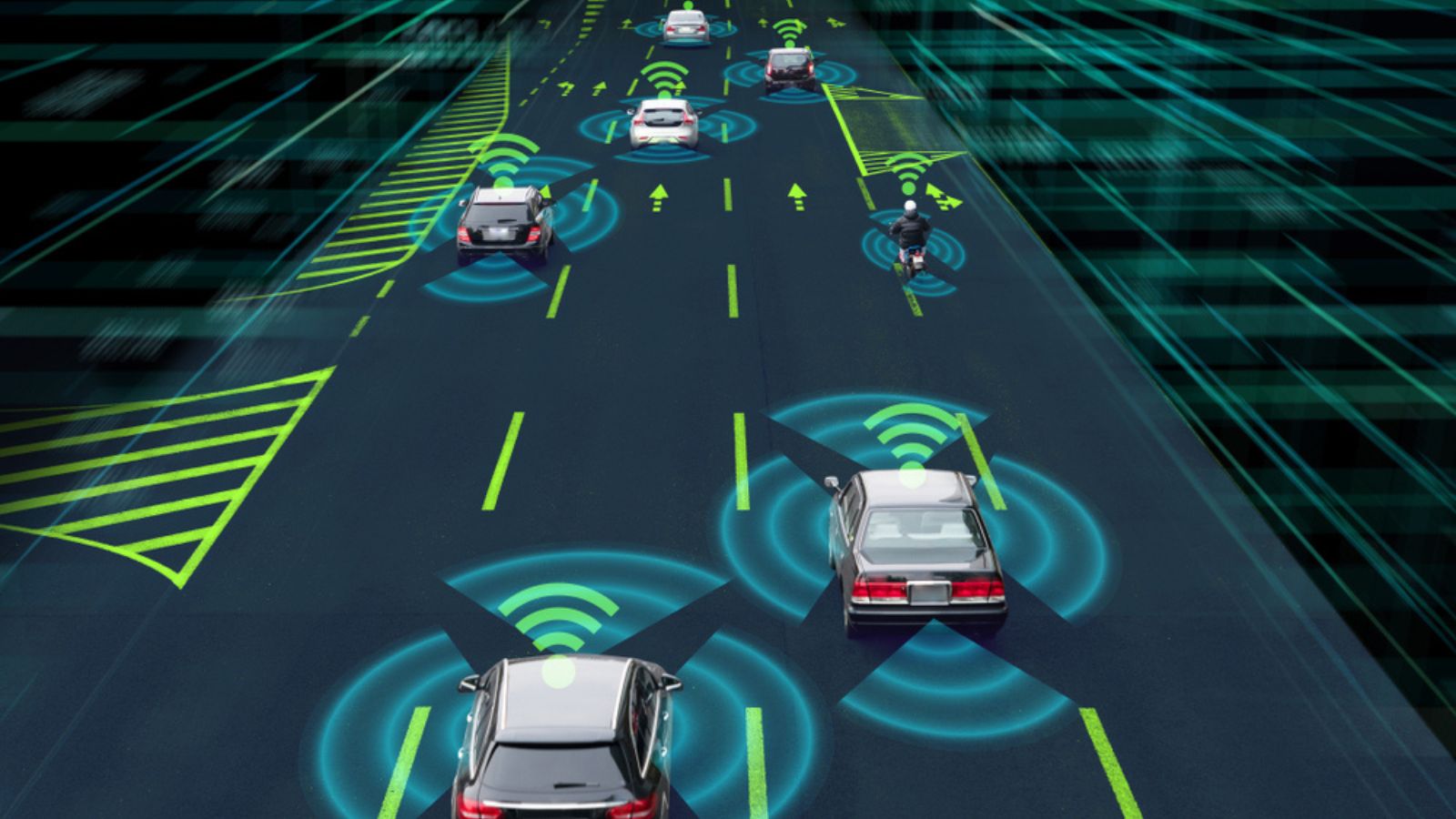
Vehicle-to-Everything (V2X) technology is a trailblazing car technology that is destined to completely change road safety and traffic management by 2025. The technology will allow vehicles to communicate with each other, sharing real-time information about traffic conditions and potential risks. Not only will this help in pedestrian detection, but it will also greatly benefit the overall road network and driving dynamics.
Advanced Driver Monitoring System
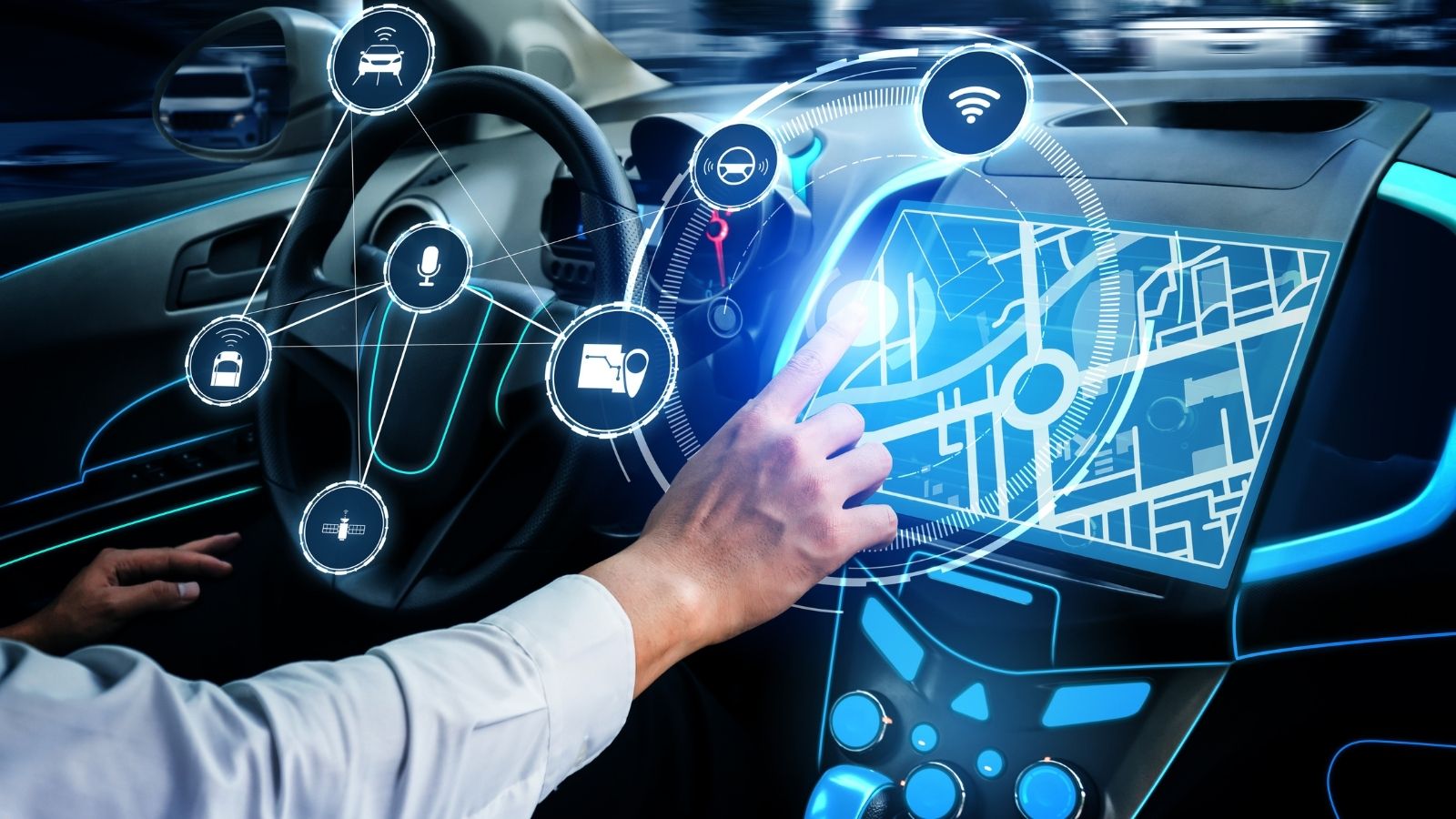
2025 Advanced Driver Monitoring Systems will become more common in most vehicles. This trailblazing technology uses artificial intelligence and sensors to monitor driver attention and check for fatigue. These systems will detect any sign of distraction, drowsiness, or impairment that may lead to an accident. By analyzing eyelid movements, facial expressions, and head movements, this system will send alerts. These alerts may be in the form of alarms, vibrations, or haptic feedback on the steering.
Wireless charging EV
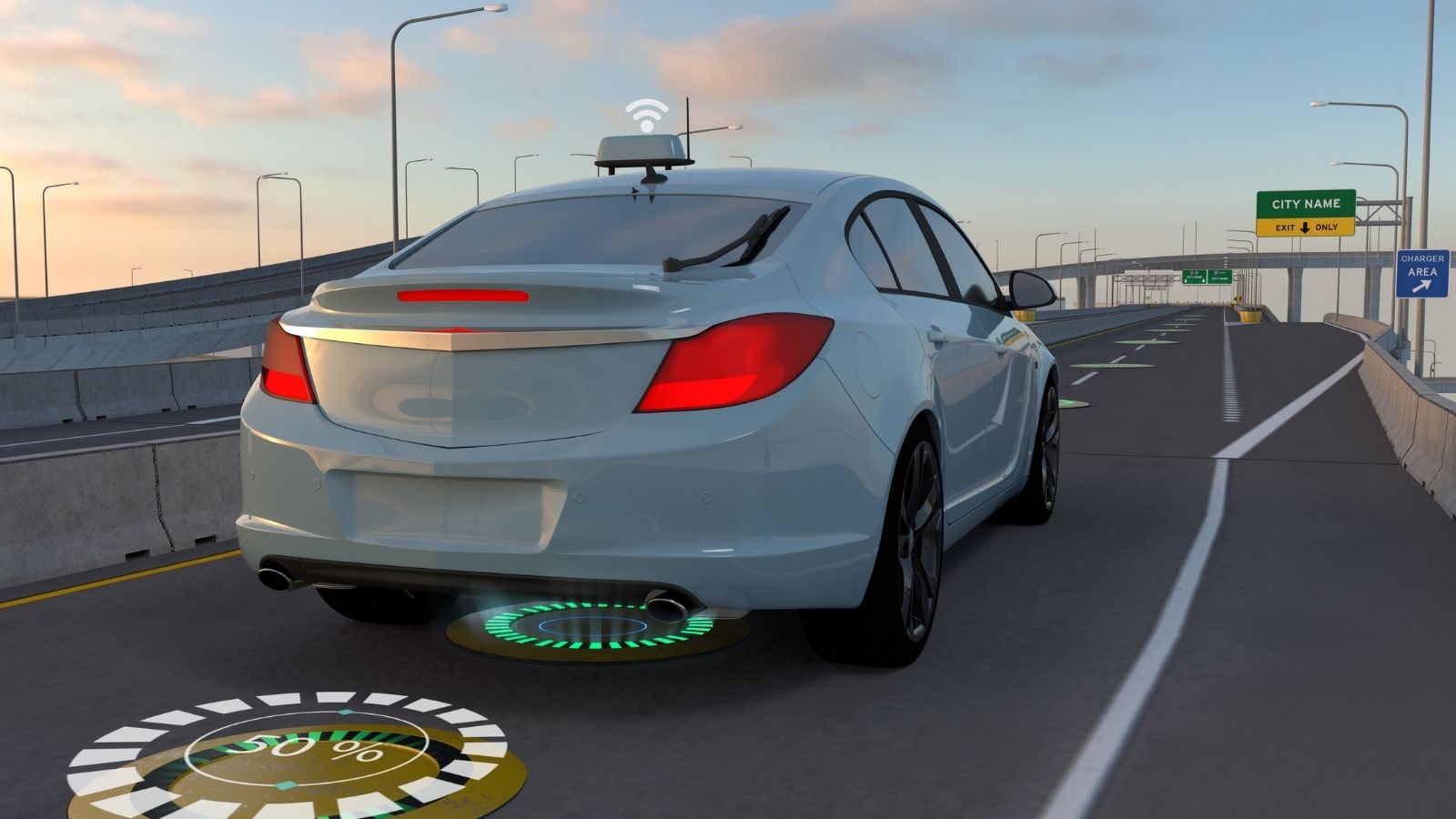
It is projected that by 2025, wireless charging will be an everyday reality, increasing the convenience for electric vehicle owners. This trailblazing technology eliminates cables and plugs, a valuable innovation for commercial outlets. For instance, EV drivers can explore the mall or eat out while their vehicle is conveniently recharging outside. It will reduce driver anxiety, as drivers will not have to search and drive longer distances for an EV charging station.
Solid State Batteries

A trailblazing technology in the form of solid-state batteries is expected to have been commercially utilized by 2025. It will reduce the overall weight of eclectic vehicles that usually use a lithium-ion battery. Solid-state batteries use a solid electrolyte instead of liquid, which results in higher energy density, faster charge times, and improved safety with less overheating risk. This technology would make long-distance travel more practical with electric vehicles while cutting down on charging durations significantly.
Augmented Reality Windshields
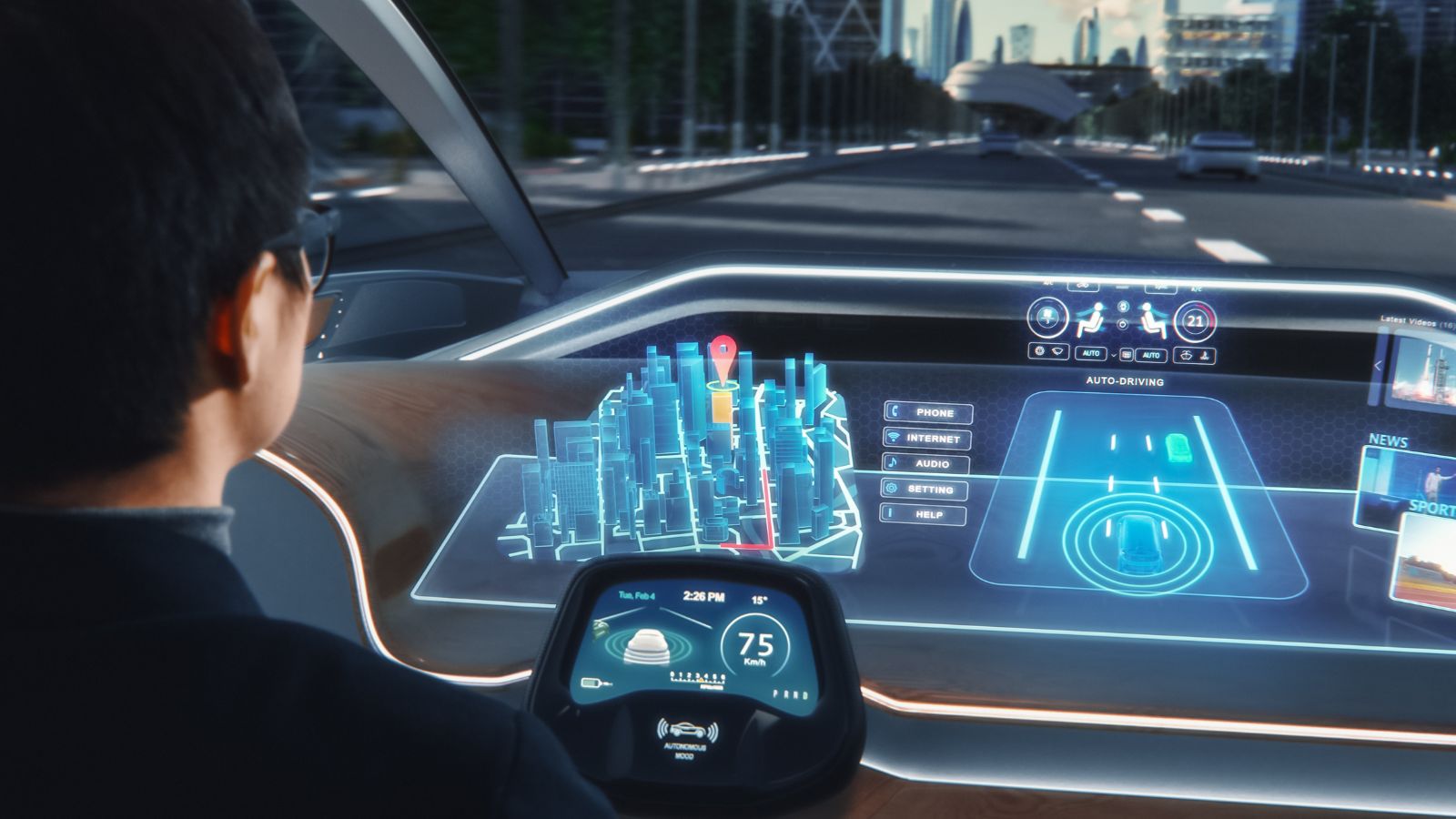
Augmented reality has already been embedded in the navigation systems of most cars and will soon emerge as a trailblazing technology in 2024. These augmented reality windshields direct information on the windshield without having the driver look down at the infotainment system. They deliver a futuristic experience, showcasing the full potential of today’s advanced technology. Traffic, speed, road conditions, potential hazards, and other real-time data will be displayed to the driver.
Predictive Maintenance

Unfortunately, the advanced aspects of predictive maintenance may take longer to reach the industry, but the basic ones have already crept in. This trailblazing technology conveys its message through over-the-air updates with the help of artificial intelligence. This technology continuously monitors vehicle components’ health by analyzing data and predicting their duration. This technology will be refined by 2025, avoiding costly repairs and extending the vehicle’s life span.
Autonomous Parking

While many vehicles already have parking systems, advanced autonomous parking is expected to hit the market by 2025. This extremely beneficial feature will help beginners who need help parking their cars in congested areas. This trailblazing technology uses a blend of sensors and cameras to locate empty spaces and the distance from objects. Autonomous parking eliminates stress associated with parking and accidents arising from mishandling vehicles during the process.
Biometric Vehicle Access

Biometric vehicle access technology is expected to hit the market by 2025 in full swing. Already equipped in some luxury cars, this will enhance the vehicle’s safety by adopting the fingerprint of facial features of the driver. This also paves the way for different personalized profiles and custom settings in the future, adjusting the environment for the respective drivers. It would be commonplace to provide secure personal unlocking and ignition options.
In-car Health Monitoring
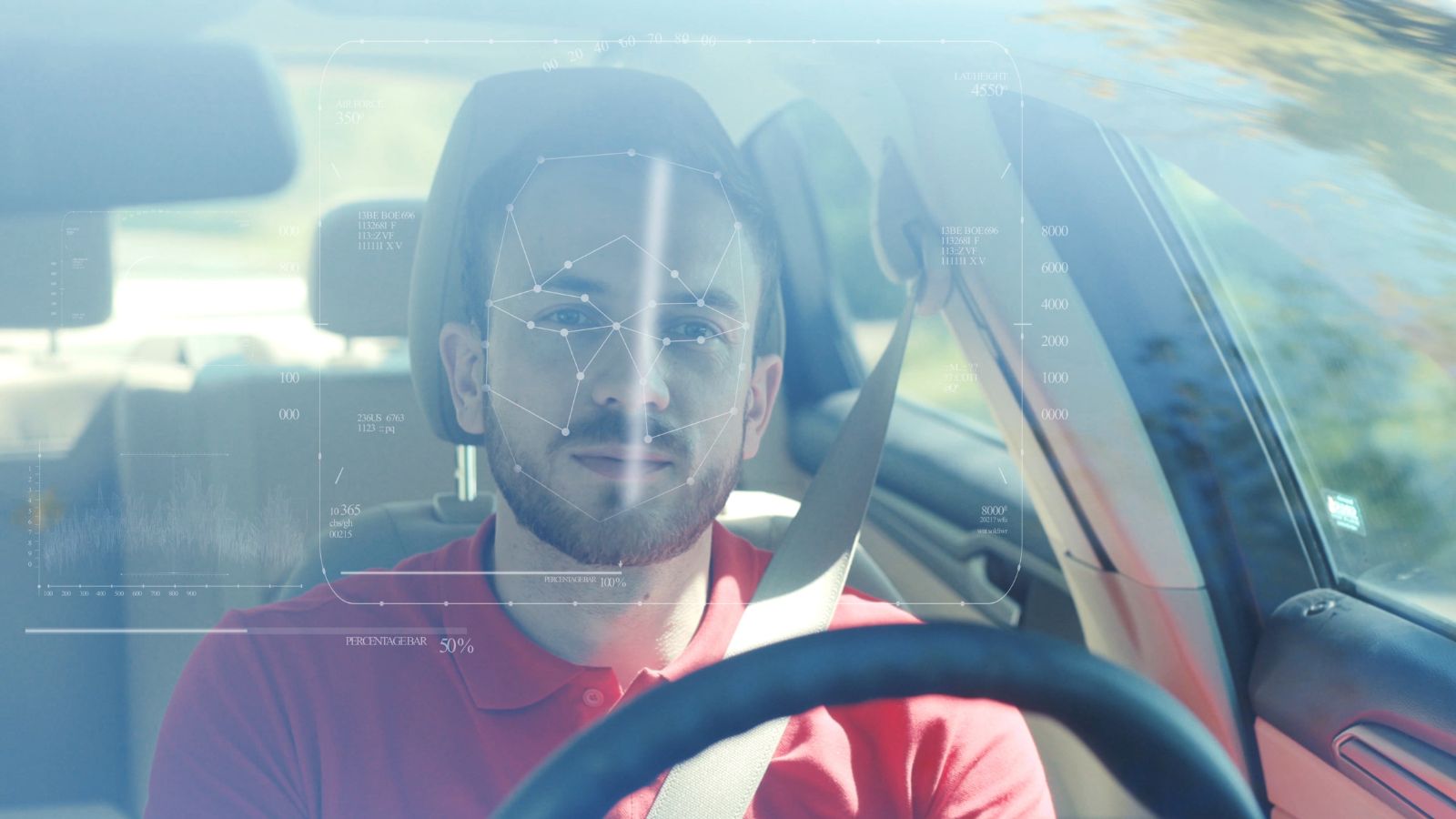
In-car health monitoring systems, expected to hit the market by 2025, will be essential, especially for drivers suffering from chronic diseases. The devices will monitor basic body signs such as heartbeats and blood pressure using built-in sensors and wearable technologies. Previously seen in smart devices such as watches, they will also help check fitness levels. Introducing in-car health monitoring will give drivers peace of mind, ensuring a safe and hassle-free drive.
5 Canadian Provinces Predicted to Thrive in the Next Economic Boom
 To thrive in an economic boom, a region needs good infrastructure, talented people, government policies that support growth and uplift the economy, and a culture of entrepreneurship. Often, the demography can also be a significant indicator of a region’s economy in the next few years. Although reports may vary on which regions will perform the best economically, certain regions come up on every list. Here are 5 Canadian provinces predicted to thrive in the next economic boom:
To thrive in an economic boom, a region needs good infrastructure, talented people, government policies that support growth and uplift the economy, and a culture of entrepreneurship. Often, the demography can also be a significant indicator of a region’s economy in the next few years. Although reports may vary on which regions will perform the best economically, certain regions come up on every list. Here are 5 Canadian provinces predicted to thrive in the next economic boom:
5 Canadian Provinces Predicted to Thrive in the Next Economic Boom
